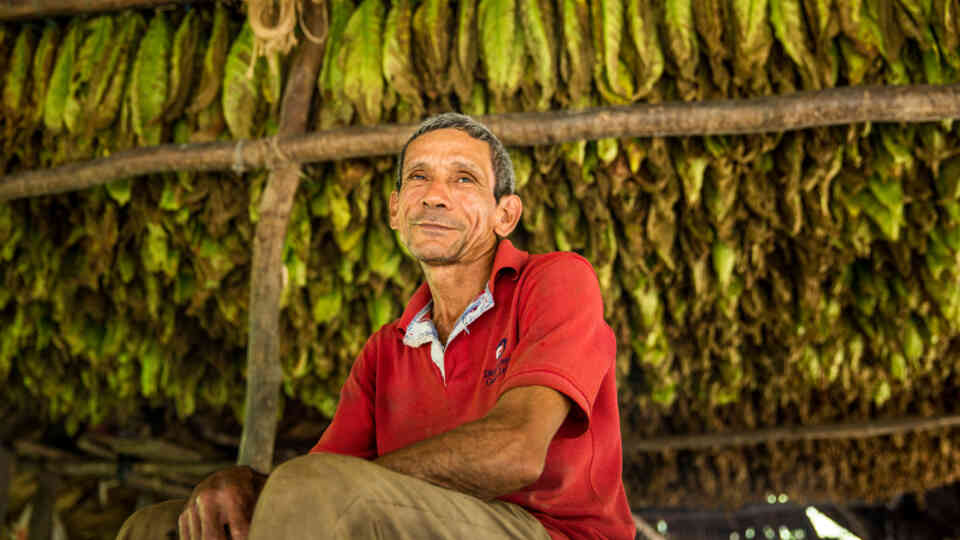The United Nations Office for Project Services (UNOPS)

Community-led infrastructure: A model for social housing?
When it comes to social housing, accounting for context isn’t always a priority. But it should be.
A UNOPS-implemented project in Colombia shows how social housing not only improves living conditions – it can bring about long-lasting social change.
The idea behind social housing is simple: affordable shelter for communities that survive on low incomes. The concept, however, has a mixed reputation – in some cases, social housing initiatives have led to more social problems than they’ve solved.
Over the last few years, there’s been a resurgence in thinking about the potential of social housing. Much of this thinking focuses on how governments can help shelter vulnerable populations while also addressing social issues.
Traditionally, out-the-box housing models – produced using replicas of buildings or spaces – were used to form the backbone of social housing projects. While cheaper to produce, these have limited success because they don’t address the specific needs of families and communities.
These models disregard the cultural background, environment and income of families – all fundamental factors that need to be addressed within the social context of the community.
By working directly with families and communities, we aim to turn infrastructure into a trigger for social development and self-growth.
The UNOPS social housing model
Following the devastating earthquake in 2010 in Haiti, UNOPS supported a reconstruction project for more than 33,000 Haitian families in some of Port-au-Prince’s most disadvantaged communities. And we did this through a community-led infrastructure approach – people from the affected communities were part of the decision-making process.
This approach isn’t new. However, the experience in Haiti became the foundation of a new social housing model – one that we’ve since refined and developed.
The UNOPS social housing model is not based on investing significant amounts of money – social housing doesn’t need to be expensive. But it does require investing time upfront to develop sustainable plans that can succeed in the long term.
By working directly with families and communities, we aim to turn infrastructure into a trigger for social development and self-growth.
Steps to sustainable social housing
While infrastructure needs may be the same, people’s needs are not. That’s why every home in a UNOPS social housing project is treated like a different and independent project.
As part of the UNOPS approach, local governments work with communities to identify families who are most in need of help.
Then, UNOPS assesses each home, focusing on several sustainability factors. For example, families must own their homes, and buildings must meet minimum safety standards and be in a stable geographic location.
Next, families who meet the criteria are allocated funds to improve their homes. The money can be used to improve different rooms, roofs, floors or to add on an extension.
Subsequently, a UNOPS engineer works together with a specialist social worker and the family to design individual plans to upgrade each property. This is based on the family’s housing, social and health needs, as well as social priorities in the community and the best architectural options.
To develop a social housing model that works in the long run, you have to encourage a sense of ownership. This motivates families to invest in the future through both pride in their homes and adopting healthy lifestyle habits.
Tackling social challenges
Increasingly, when helping to rebuild communities, we are seeing an understanding of the potential to address social concerns through the lens of infrastructure. Community-led infrastructure doesn’t only mean providing labouring jobs and skills training for affected communities – we can address a far wider range of challenges.
Take health concerns, for example. If we speak about housing rehabilitation, you can’t do that without talking about the families who live in those houses. You can install any number of water purification features, for example, or replace open fires with alternatives to smoke-free rooms, but if the residents are not aware of the risks, as well as the benefits of taking health concerns seriously, you could be wasting your time. To an extent, it's residents who can make these houses healthy and safe places to live in.
Cultural dimensions are another critical factor. People’s beliefs play a huge role in how they live their lives. In some communities, children who do not have access to means to clean themselves in private – a shower perhaps – may instead opt to avoid going to school, so they don’t have to deal with the social stigmas that may arise. Dignity and infrastructure are related.
To develop a social housing model that works in the long run, you have to encourage a sense of ownership. This motivates families to invest in the future through both pride in their homes and adopting healthy lifestyle habits.
Although this may not sound like traditional infrastructure, not recognizing these connections means you lose the opportunity to make a significant impact on the lives of families that extends beyond bricks.
- UNOPS is applying this model in Colombia to rebuild homes for more 29,000 people spread over an area that covers more than 1 million square kilometres after years of conflict displaced entire communities.
Carlos Peña Hassan
Carlos Peña Hassan is a civil engineer with extensive experience in project management. He is Head of Projects, covering all of UNOPS social housing activities in Colombia. He has been working with UNOPS since 2014.














